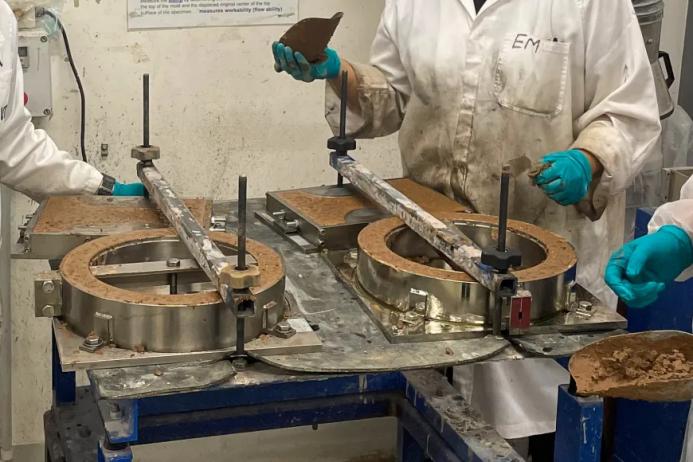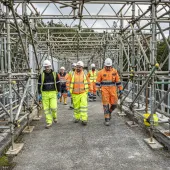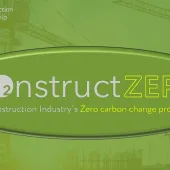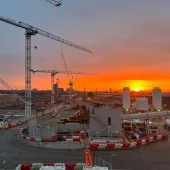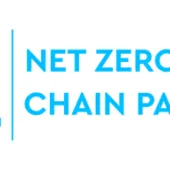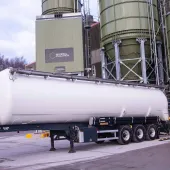Boral develop lower-carbon concrete products
Australian construction company, Boral have partnered with industry players and researchers to develop a next-generation lower-carbon concrete product using Australian calcined clay as an alternative to supplementary cementitious material (SCM). Alternative SCMs including fly ash and slag are commonly being used within the industry, but the global supply of these materials is limited and expected to decline.
According to Boral, there is an abundance of Australian calcined clay, and using this fly ash and slag substitute will support the decarbonisation of Australia’s buildings and infrastructure. The construction materials firm has partnered with the University of Technology Sydney (UTS), Transport for NSW (New South Wales), and environmental technology company Calix, as part of a project supported by SmartCrete CRC, an independent cooperative research centre (CRC) that brings together collaborators from industry, research, and government to ensure the viability of Australia’s concrete infrastructure.
The two-year project, co-funded through the Commonwealth’s CRC Program, aims to further demonstrate the technical feasibility of calcined clay concrete for use in Australian buildings and infrastructure. The partners – comprising suppliers, university researchers, asset owners, and providers – will work on accelerated lab testing and field trials as part of the validation stage. A first batch of Boral clay has been successfully calcined by Calix’s unique renewably powered electric calcination technology, demonstrating the potential of the approach to produce a low-carbon intensity SCM. The project follows extensive research and development at the UTS Boral Centre for Sustainable Building carried out over the past three years, whereby the suitability of a number of Australian clay sources was identified.
Boral’s chief executive officer and managing director, Vik Bansal, said: "Boral is committed to a lower carbon future and we never stand still. We are continuously improving and diversifying our lower-carbon concrete offering by identifying new ways to reduce the cementitious intensity of our products. The strong demand and take-up of our lower carbon concrete range can be seen across many major Australian buildings and construction projects that use our Envisia and Envirocrete products. We are excited about the next generation of work being done in lower carbon concrete and Boral’s ability to support the decarbonisation of Australia’s building and infrastructure for many years to come."
Dr Ali Nezhad, head of sustainability and innovation at Boral and Boral who lead on the calcined clay project, added: "It’s an exciting time to be at the forefront of the research and development being done on lower carbon concrete. The industry is constantly looking for ways to innovate, push the boundaries, and find ways to be more sustainable. Given the abundance of clay in Australia, using Australian calcined clay was a natural decision for us. We have been impressed with the work done to date and initial testing in this project is promising. We look forward to the construction industry in Australia embracing these new innovations."

